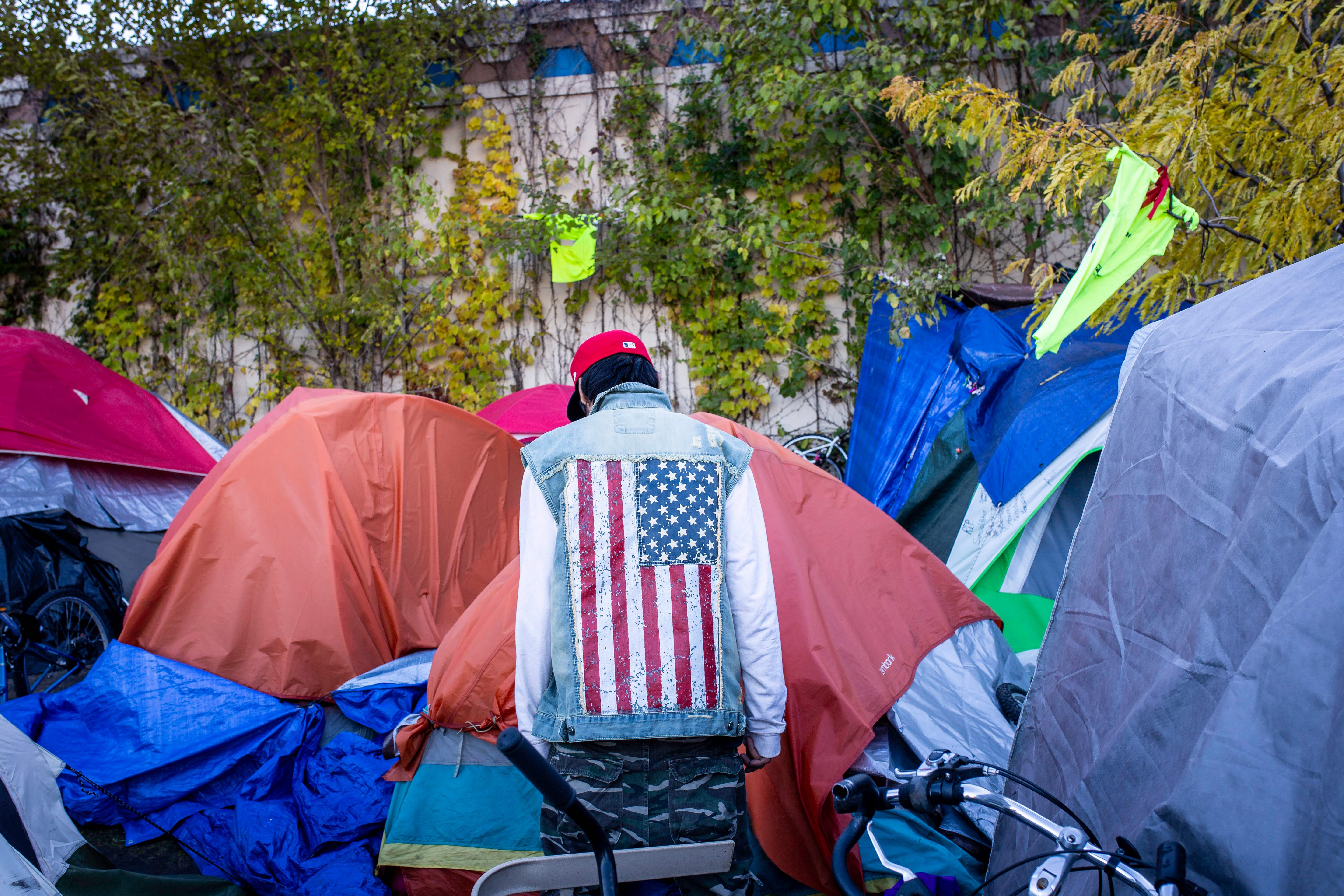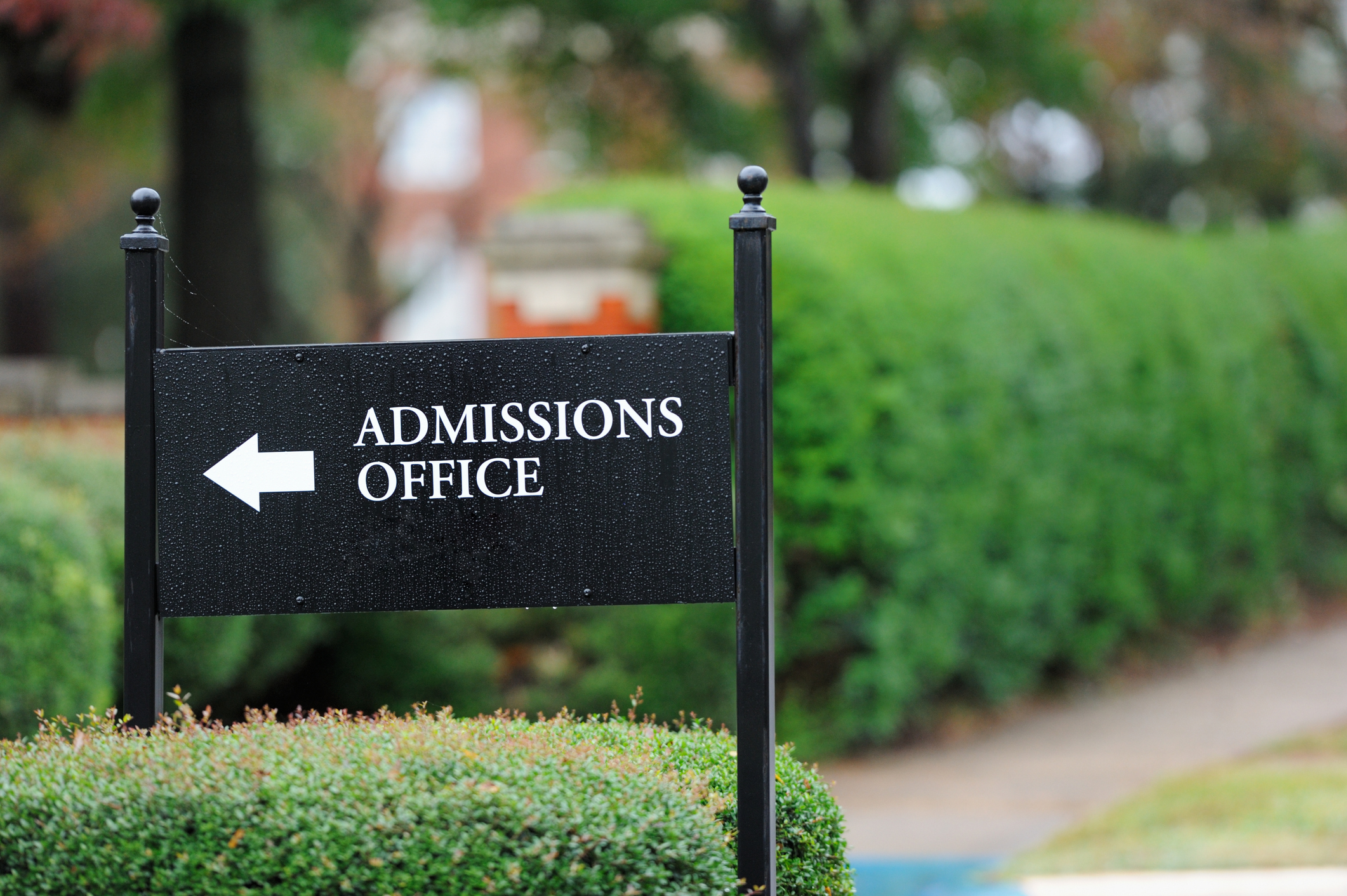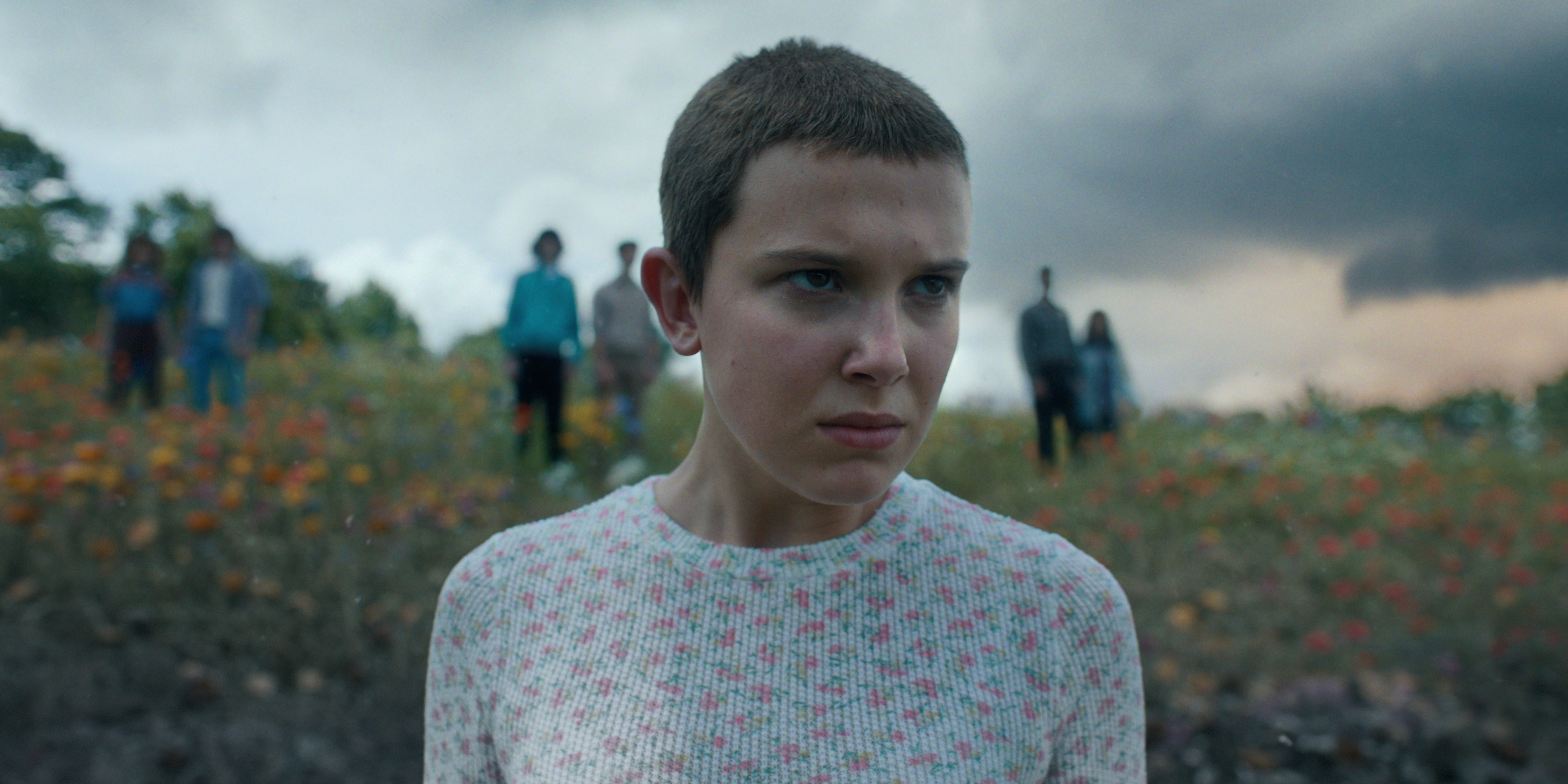Understanding America's homelessness crisis
Major cities are cracking down on homeless encampments. But why are so many people 'living rough'?

Major cities are cracking down on homeless encampments. But why are so many people 'living rough'? Here's everything you need to know:
How many are homeless?
It's hard to determine with any certainty, but in January 2020, more than 580,000 people were homeless in the U.S. on a given night, with an estimated 226,000 of them sleeping outside, in cars, or in abandoned buildings. The 2021 numbers indicated an 8 percent decrease in homelessness, although that may be misleading: The pandemic delayed or suspended counts in half of the 400 communities that report data to the Department of Housing and Urban Development. During the height of the pandemic, the Centers for Disease Control and Prevention advised against breaking up homeless encampments out of fear that dispersing people would spread COVID, and cities such as Dallas, Seattle, and Portland, Oregon, saw double-digit growth in tent cities. In New York City, from 2,300 to 5,000 people are living on the streets, with 45,000 in shelters. In San Francisco, nearly 1 percent of the city's population of 875,000 are homeless. Mayor London Breed declared a state of emergency in the Tenderloin district last December, after it became littered with human excrement and used syringes. "Too many people are sprawled out all over our streets," Breed said, adding that homelessness "has destroyed our city."
The Week
Escape your echo chamber. Get the facts behind the news, plus analysis from multiple perspectives.

Sign up for The Week's Free Newsletters
From our morning news briefing to a weekly Good News Newsletter, get the best of The Week delivered directly to your inbox.
From our morning news briefing to a weekly Good News Newsletter, get the best of The Week delivered directly to your inbox.
Why do people become homeless?
The reasons vary, but a few common factors stand out. One is mental illness: The deinstitutionalization and defunding of psychiatric care preceded a spike in homelessness in the 1980s. By 2015, one quarter of all homeless people were suffering from a serious mental disorder such as schizophrenia. Drug and alcohol use is also often a factor: More than a third of homeless shelter residents struggle with substance-abuse disorders. But researchers say that the role of economic factors — particularly the cost and availability of housing — should not be underestimated. Many cities have seen housing costs skyrocket, and a 2018 Zillow study found that homelessness rises wherever people have to devote more than 32 percent of their income to rent. Poverty can trigger a downward spiral of domestic violence, arrests, jailing, and eviction, which in turn lead to drug use and psychological distress. "You experience what they experience," said pastor Wayne Walker, who runs a Dallas homeless mission, "and you are going to have mental health problems, too."
What effect did COVID have?
As closed businesses pushed the unemployment rate close to 15 percent in April 2020, federal and local governments mobilized to prevent an exponential surge of homelessness. Trillions in relief spending helped fund an 11-month eviction moratorium and let hard-hit cities and states house the homeless in newly vacant motels. COVID's disruptions exacerbated another crisis: the opioid epidemic. In San Francisco, deaths among homeless people doubled in 2020, 82 percent of them overdoses.
A free daily email with the biggest news stories of the day – and the best features from TheWeek.com
How are cities responding?
In response to a growing public outcry, many cities have returned to sweeping up camps of homeless people. The National Coalition for the Homeless reports that at least 65 communities now criminalize or systematically remove homeless camps. New York Mayor Eric Adams recently vowed to remove the approximately 1,000 people who are essentially living in the subway, and police cleared more than 300 outdoor camps within a month. But many who choose to "live rough" refuse to bunk up with hundreds of others in barracks-like shelters, where theft, lice infestation, and confrontations are commonplace. Some now also cite the fear of catching COVID. Homeless advocates argue that sweeps merely shuffle homeless people around and result in the loss of their belongings; with so many cities short of shelter and psychiatric beds, said Bill Johnson of the National Association of Police Organizations, "jail becomes the default."
What else can be done?
Some states, such as Alabama, Washington, and Texas, are clarifying their involuntary commitment laws to make it easier to hospitalize people with serious mental illness. Other states, aided by millions in pandemic relief funds, have adopted a "housing first" approach, which prioritizes putting people under a roof before addressing issues such as mental illness and addiction. Dozens of "tiny house" communities, some based on Portland, Oregon's Dignity Village, provide transitional housing with more individual privacy than traditional shelters. Since 2007, the U.S. has added more than 373,000 units of "permanent supportive housing," which a study in the medical journal The Lancet showed was 90 percent effective at preventing future homelessness. "You heal better when you have a door that you can lock," said Gail Gilman of the San Francisco–based nonprofit All Home. But it takes an investment of millions by local governments to provide free housing for thousands of struggling people, and many advocates argue that any long-term solution must include market incentives for building more affordable and low-cost housing. Getting people off the street "takes consistent, intensive effort," said San Diego Mayor Todd Gloria. "This crisis did not emerge overnight, and it won't be solved overnight."
The Golden State's woes
California, which has some of the country's most expensive housing, is estimated to have more than 25 percent of the nation's homeless population. About 70 percent of the state's homeless live outdoors rather than in shelters, and in January 2020, a federal survey found that 70 percent reported being homeless for the first time. The state's homeless service providers helped 91,000 people move into permanent housing in 2020, and last July Gov. Gavin Newsom signed a $12 billion bill to address homelessness. But the state had already spent $13 billion on the problem over the previous three years, and a withering auditor's report last February blamed the lack of visible results on tangled, uncoordinated bureaucracy. In Los Angeles County, the nonprofit Economic Roundtable expects the number of homeless to rise from 66,000 in early 2020 to nearly 90,000 next year, and neighborhoods such as Venice Beach are crowded with tent encampments. "We have failed in so many respects," said advocate Theo Henderson, an Angeleno who once lived on the streets. "There are families with children living in automobiles. There are elderly and the infirm on the streets. It's a dark time right now."
This article was first published in the latest issue of The Week magazine. If you want to read more like it, you can try six risk-free issues of the magazine here.
-
 The video game franchises with the best lore
The video game franchises with the best loreThe Week Recommends The developers behind these games used their keen attention to detail and expert storytelling abilities to create entire universes
-
 The buzziest movies from the 2023 Venice Film Festival
The buzziest movies from the 2023 Venice Film FestivalSpeed Read Which would-be Oscar contenders got a boost?
-
 America's troubling school bus driver shortage
America's troubling school bus driver shortageSpeed Read Kids are heading back to school, but they might be having trouble getting a ride
-
 5 college admissions trends to watch out for this year
5 college admissions trends to watch out for this yearSpeed Read College advisers and admissions experts say these trends will shape the 2023-2024 admissions cycle
-
 What's going on with Fyre Festival II?
What's going on with Fyre Festival II?Speed Read Convicted felon Billy McFarland claims the music festival will happen, for real this time
-
 The answer to rising home prices: smaller homes
The answer to rising home prices: smaller homesSpeed Read Builders are opting for fewer rooms and more attached styles as frustrated homebuyers look for affordable options
-
 5 illuminating books about the video game industry
5 illuminating books about the video game industrySpeed Read Cozy up with a few reads that dig into some of the most fascinating parts of video game history
-
 Everything we know about the final season of 'Stranger Things'
Everything we know about the final season of 'Stranger Things'Speed Read The Netflix hit will turn things up to eleven in its final bow ... eventually


